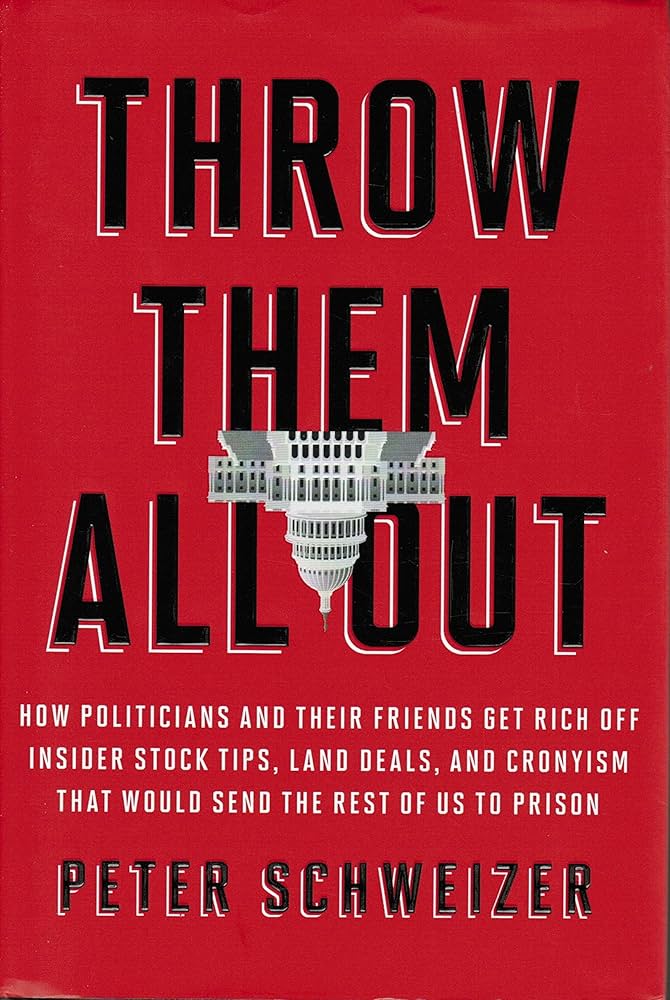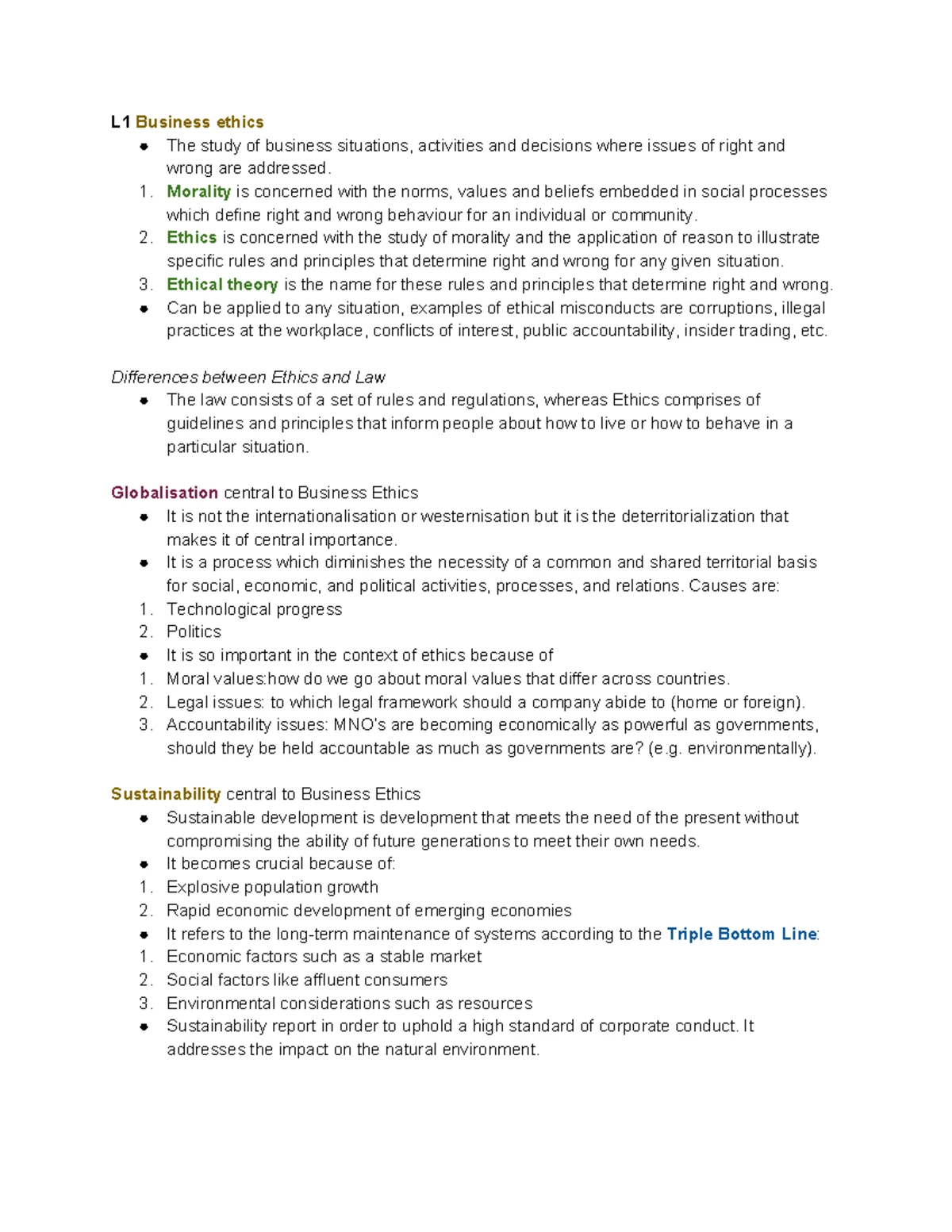Did you know that some insider traders have made more money in a single day than most people earn in a year? In the world of day markets, insider trading remains a hot topic, with historical cases revealing a darker side to trading. This article delves into what insider trading is, highlights infamous cases, and discusses how the SEC uncovers these illicit activities. We analyze penalties, the impact on investors, and the methods used by insiders to trade secretly. Additionally, we explore the evolution of regulations, the role of tip-offs, and the signs of suspicious trading. With insights on how past scandals have shaped market transparency and lessons for traders, we also touch on global differences in insider trading laws and the challenges of prosecution. Finally, discover how whistleblowers and technology play vital roles in exposing these practices. Join us as we unpack the intricate world of insider trading with DayTradingBusiness.
What is insider trading in day markets?
Insider trading in day markets involves using confidential information to buy or sell stocks during the trading day for profit. It’s when someone with privileged info about a company trades on that info before it’s public, gaining an unfair advantage. Historical cases include Ivan Boesky’s illegal trades in the 1980s, which led to major regulatory changes.
Which famous cases involved insider trading during trading hours?
The most famous insider trading case involving trading hours is the Ivan Boesky scandal in the 1980s, where he exploited information during market hours. Another notable case is the Robert M. Freeman insider trading, where he traded based on nonpublic information during regular trading hours. The Martha Stewart case also involved insider trading during market hours, when she sold stock based on inside information.
How did the SEC uncover insider trading in day markets?
The SEC uncovered insider trading in day markets through surveillance programs that tracked unusual trading patterns, tipped-off investigations from whistleblowers, and analysis of suspicious trade timing and volume. They monitored real-time data to catch trades executed just before significant news releases. In some cases, they used wiretaps and undercover agents to gather evidence. Key cases involved tracing trades back to insiders who had access to non-public information about company events or market-moving news.
What were the penalties for insider trading in major cases?
Penalties for insider trading in major cases included hefty fines—sometimes millions of dollars—and prison sentences ranging from several years to over a decade. Notable examples: Ivan Boesky faced a three-year prison term and paid $100 million in fines; Michael Milken received a 10-year sentence (later reduced) and paid hundreds of millions in fines. These cases often resulted in bans from serving as corporate officers or directors, and some traders faced civil penalties and disgorgement of profits.
Who are the most notorious insider traders in day trading history?
Michael Milken, Ivan Boesky, and Raj Rajaratnam are the most notorious insider traders in day trading history.
How does insider trading impact day market investors?
Insider trading skews market fairness, causing day market investors to lose trust and face unpredictable price swings. It creates an uneven playing field, making legitimate trades riskier and reducing opportunities for average investors. When insiders profit unfairly, it can lead to sharp market dips or spikes, harming those who trade based on public information. Historical cases, like the Martha Stewart scandal, show how insider trading undermines investor confidence and can lead to severe legal and financial consequences for everyday traders.
What methods do insiders use to trade secretly in day markets?
Insiders use confidential information, timing trades around earnings reports, and exploiting access to non-public data to secretly trade in day markets. They may also use offshore accounts, complex layered transactions, or coordinate with brokers to hide their activity. Some employ electronic communication channels like encrypted messaging for covert planning.
How has regulation changed after high-profile insider trading cases?
Regulation tightened after high-profile insider trading cases like Ivan Boesky and Michael Milken, leading to stricter SEC oversight, increased penalties, and the introduction of the Insider Trading and Securities Fraud Enforcement Act of 1988. The focus shifted to more rigorous enforcement, faster investigation processes, and enhanced transparency requirements for traders and corporate insiders.
What role do tip-offs play in insider trading scandals?

Tip-offs trigger investigations by revealing confidential information that traders use to profit illegally. In historic insider trading cases, tip-offs often led authorities to uncover illegal market manipulation and insider knowledge. They serve as crucial clues that expose the flow of confidential info, helping build evidence against traders involved in day market scams.
How do authorities track suspicious trades in day markets?
Authorities track suspicious trades in day markets by monitoring unusual trading volumes, rapid price movements, and patterns that deviate from normal activity. They analyze trade timing, size, and frequency, often using algorithms and data analytics to flag potential insider trading. Investigators review communication records, such as emails and phone calls, to find links to insiders. They also scrutinize accounts linked to known insiders or suspicious entities, and sometimes conduct undercover operations. Historical cases like those of Martha Stewart involved investigators uncovering insider info through pattern analysis and internal surveillance.
What are the common signs of insider trading in day trading?
Common signs of insider trading in day trading include sudden, unexplained spikes in stock volume, rapid price movements that lack news, large trades just before significant announcements, and suspiciously consistent gains. Watch for traders who seem unusually informed, placing back-to-back high-volume orders, or acting on non-public information. In historical cases, these signs often led to investigations revealing illegal information sharing or market manipulation.
Learn about Signs of Insider Trading in Day Markets
How have insider trading cases influenced market transparency?
Insider trading cases have increased scrutiny and regulation, forcing traders to be more transparent. They’ve exposed weaknesses in market oversight, prompting stricter enforcement and clearer disclosure rules. As a result, markets became more transparent, with better tracking of trades and insider activity. These cases also heightened awareness among investors, encouraging more openness and reducing the chance of covert manipulation.
What lessons can traders learn from past insider trading scandals?
Traders learn to avoid illegal shortcuts and prioritize transparency by studying past insider trading scandals. They see how greed and lack of ethics can ruin careers and markets, emphasizing the importance of compliance and ethical behavior. These cases highlight the need for robust internal controls and vigilance to prevent leaks. They also demonstrate that regulators are persistent, so staying within legal boundaries is crucial for long-term success. Ultimately, history shows that integrity and disciplined trading outperform risky, unethical shortcuts.
How do insider trading laws differ across countries?

Insider trading laws vary widely; the U.S. strictly bans insider trading with severe penalties, enforced by the SEC, while countries like the UK have similar regulations but with different enforcement standards. In Japan, insider trading is criminalized under the Financial Instruments and Exchange Act, but enforcement can be less aggressive. Australia’s laws, governed by ASIC, focus on both criminal and civil penalties, often with different thresholds for illegal trading. European countries follow EU directives, but each nation’s legal framework and enforcement approach differ, affecting how historical insider trading cases are prosecuted. Overall, some countries emphasize criminal penalties, others civil sanctions, and enforcement rigor varies, shaping the landscape of insider trading regulation worldwide.
What are the challenges in prosecuting insider trading in day markets?
Prosecuting insider trading in day markets is tough because traders often use quick, subtle moves that leave little evidence. It’s hard to prove illegal intent when trades happen within seconds, and much of the communication can be encrypted or hidden. Surveillance tools struggle to catch fleeting, low-volume trades that signal insider info. Additionally, traders may use intermediaries or offshore accounts, complicating jurisdiction and investigation. Historical cases, like those involving high-frequency traders, show how rapid, complex transactions make building a solid case difficult.
Which insider trading case had the biggest financial impact?
The Martha Stewart insider trading case had the biggest financial impact, costing her company, Martha Stewart Living Omnimedia, over $200 million in market value and leading to her own prison sentence.
How do whistleblowers help expose insider trading?
Whistleblowers expose insider trading by revealing confidential information about illegal market activities. They provide evidence or insider knowledge that leads authorities to investigate and prove illegal trading schemes. Their disclosures often break open hidden networks of illegal stock manipulation, as seen in cases like the Martha Stewart insider trading scandal. By stepping forward, whistleblowers shine a light on covert trades, enabling regulators to take action and uphold market integrity.
What technological tools are used to detect insider trading?
Tools used to detect insider trading include data analysis software like Bloomberg Terminal and Thomson Reuters Eikon, which monitor unusual trading patterns. Regulatory agencies use surveillance systems such as NASD's Market Surveillance and the SEC’s EDGAR system to flag suspicious activity. Advanced algorithms and machine learning models analyze trade volumes, timing, and price movements to identify anomalies. For historical cases, law enforcement relied on wiretaps, confidential informants, and forensic accounting software to uncover insider trading.
How do insider trading scandals affect market confidence?
Insider trading scandals shake market confidence by eroding trust in fairness and transparency. When such scandals surface, investors fear unfair advantages, leading to reduced trading volume and increased volatility. Historical cases, like the Martha Stewart insider trading case, showed how publicized violations damage reputations and cause market instability. These scandals prompt regulatory crackdowns, which can temporarily disrupt markets but aim to restore trust in the long run. Overall, insider trading scandals undermine investor confidence, making markets appear risky and less efficient.
Learn about Impact of Insider Trading Scandals on Market Confidence
Conclusion about Historical Cases of Insider Trading in Day Markets
In summary, insider trading remains a significant challenge in day markets, influencing not only investor confidence but also regulatory frameworks. Historical cases serve as critical lessons, highlighting the importance of transparency and ethical trading practices. As traders navigate these complexities, understanding the impacts and implications of insider misconduct is essential for fostering a fair trading environment. Staying informed and vigilant is key, and resources like DayTradingBusiness can provide valuable insights to help you navigate the intricacies of the trading world.
Learn about How Regulators Detect Insider Trading in Day Markets
Sources:
- Strategic insider trading in foreign exchange markets - ScienceDirect
- Insider trading regulation and trader migration - ScienceDirect
- I only fear when I hear: How media affects insider trading in takeover ...
- Allen M. Poteshman - Unusual Option Market Activity and the ...
- Opportunistic insider trading - ScienceDirect
- How much insider trading happens in stock markets?*